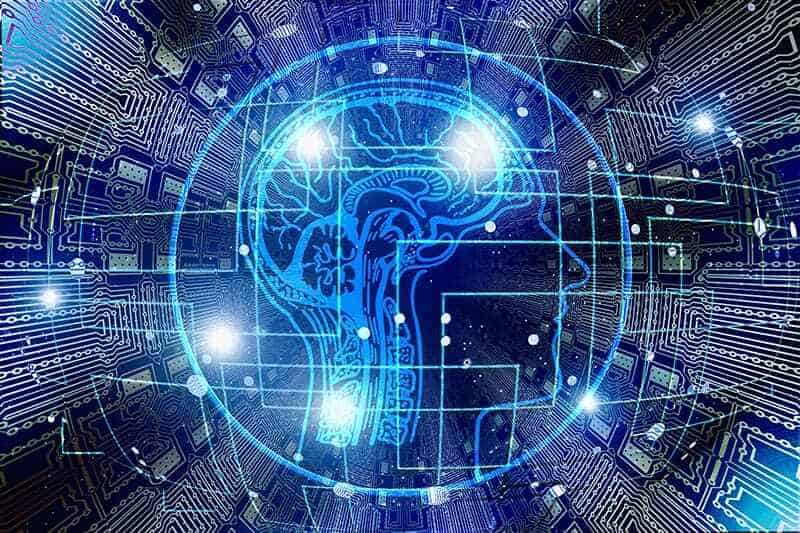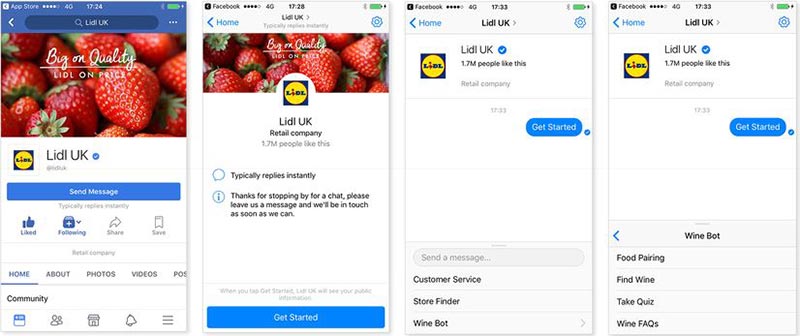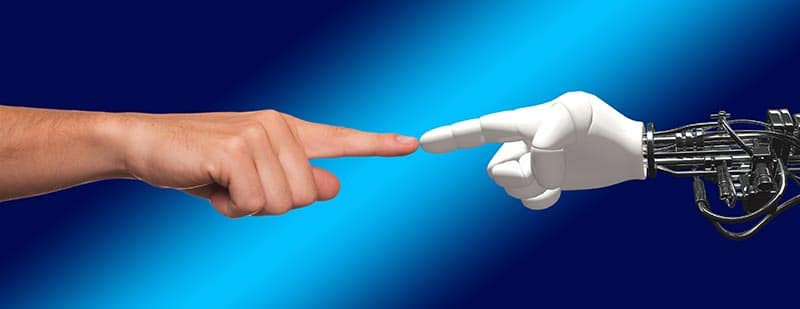Should we be using more technology in customer facing roles? What currently exists and what are the benefits and limitations?

It sounds like a statistic that cannot be true but by the year 2025, it is estimated that 95% of all customer interactions will be supported by Artificial Intelligence technology.
That may feel like it is a long way into the future but actually, 2025 is only seven years away. Technology is developing at a rapid pace. People are becoming accustomed to using technology at home, in schools and in work so it makes sense that it is increasingly expected by customers.
For a long time now, machines have been making manufacturing tasks more efficient and are usually able to work faster and to a bigger order than humans. With technology advancing at a rapid rate, could it really take a more customer facing role and how would this impact Customer Experience?
Where is technology currently used in Customer Experience?
To help us understand the kind of customer facing technology that is available and how it has had an impact on customer service, we explore six examples of where technology, in one form or another, impacts Customer Experience.
 Chatbots
Chatbots
What are they?
Chatbots are found online usually on websites where a customer may be looking for extra information. Powered by rules, and often artificial intelligence, they can be used by businesses to replicate an online chatting tool with a human in order to point a customer in the right direction.
Any examples?
There are a number of different chatbots that businesses have started using for multiple different functions. The supermarket chain Lidl uses a Facebook messenger bot to suggest different wines to customers. You can ‘message’ the bot telling it what you are going to eat, or what kind of ingredients you are using and the bot will message you back with some suggestions. Similarly, clothing brand North Face has a function on its website where a chatbot will ask you a series of questions about what you are looking for in a jacket. By typing in answers to questions, such as where you will be wearing the jacket and what style of pockets you are after, the bot will recommend certain jackets based on the answers.

How does this impact the Customer Experience?
Chatbots provide a quick and simple solution to customers who are looking to resolve an issue or looking for some information. Instead of having to search the website themselves, or waiting to talk to someone, chatbots offer instant support. However, the problem lies when the chatbot is unable to resolve a customer’s query which could result in frustration. It is too early to say whether functions such as Lidl and North Face’s unique ways of searching for products is something that will catch on or whether it is a novelty phase that will pass.
According to Gartner, 70% of all customers expect a company’s website to include a self-service application without having to interact with a human.
Document analysis
What is this?
Using artificial intelligence, computers are now able to review a large number of documents and flag up any that are relevant. This has proved extremely useful especially to law firms who can use the algorithms to find relevant cases.
How does this impact customer service?
The document analysis itself does not actually have a direct impact on customer experience, in this instance. What it does do however is free up more time for those working in a law firm to spend with the client, meaning it should be made easier to provide excellent Customer Experience.
Self-service
What is this?
We have all seen the option to go to the self-checkout queue in shops. This is where customers can scan their own items rather than heading over to the checkout manned by a human. The idea is to speed up the process as much more checkouts can be added in a smaller space.
How does this impact customer experience?
It all comes down to speed versus human service. If a customer would prefer a swift exit they would head over to the self-checkout section. If they would rather have a human interaction while shopping they will head over to the original style checkout It is all about having that choice available.
Mobile apps
What is this?
Many businesses have now launched applications that can be downloaded onto the customers’ smartphones. Banks are a prime example of a business that is moving away from customer interaction in store and moving towards online. It is now possible to move money between accounts, open new accounts, apply for a credit card and even pay in cheques all via your phone.
How does this impact customer experience?
Again, it is all about efficiency and making the process easier for the customer. If it is possible to do something remotely or on the go then it is hugely time saving and beneficial to the customer.

Benefits and limitations
To weigh up the potential of using customer facing technology as part of the Customer Experience, we take a look at the benefits that it brings and the limitations that it has.
Looking at the examples above of where technology has already had an impact on customer service, you may spot a common theme – there is limited, or no, human interaction.
This is a massive limitation on using technology in customer facing roles as human emotion is one of the driving factors in customers’ decisions. Technology cannot emote these reactions in the same way that humans can.
Technology can provide intrigue and wonder, but it cannot greet a customer in the same way a human can, it can’t build a relationship with the customer, and it can’t go that extra mile.
Using technology instead of humans can also limit the opportunities for upselling. While it may be quicker and more efficient for customers, machines cannot sell additional products or services in the same way that a human can. Machines can make them aware of offers, as some self-checkout machines have started doing, but the average customer is much more inclined to say no.
| Benefits | Limitations |
| Speed and efficiency | Lack of emotion |
| Up to date technology | Frustrations can’t be resolved |
| Data and insights | Perception there is lack of care |
| Cost cutting | Lost opportunity for upselling |
What is AI?

Artificial intelligence (AI), to put it in its simplest term, makes it possible for machines and technology to perform human like tasks such as playing chess, scanning and registering products in a shopping basket and driving a human-less car. The more AI powered machines interact with humans the more they learn. For example, a chatbot will redetermine its responses for future ‘conversations’ after each interaction by learning from the human’s response.
Customer Experience is only a small portion of the uses that AI has and will have in the future. Even if you haven’t come across it in a shop, bank, solicitors you will certainly have seen it used somewhere.
We have support systems such as Siri or Cortana on our phones and laptops, we use apps such as google maps to track live traffic updates and planes use autopilot features. Using technology and artificial intelligence has become a massive part of everyday life.
The ability to learn is the key to why people believe AI can have a big impact on Customer Experience in the future.
Conclusion
You don’t have to have the most incredible technology to provide world-class Customer Experience. Having a brilliantly trained team who know how to communicate with your customers is much more important, but it does offer a special alternative and efficient way for customers to find information, particularly online.
It is important to remember that Customer Experience is about serving customers – there needs to be a careful balance struck between using technology and providing a human interaction. It is no use having all of the latest technology if the customer can’t find what they are looking for, gets frustrated and doesn’t have access to a human to find a solution.
We live in a time when results are expected immediately. Things happen so quickly – communication, entertainment, deliveries – they are all just a few clicks away.
It is true that technology has helped to make us more efficient in that sense, but it also comes with a warning. It will be the brands which adopt a hybrid approach and find the right balance which really benefit from customer facing technology.